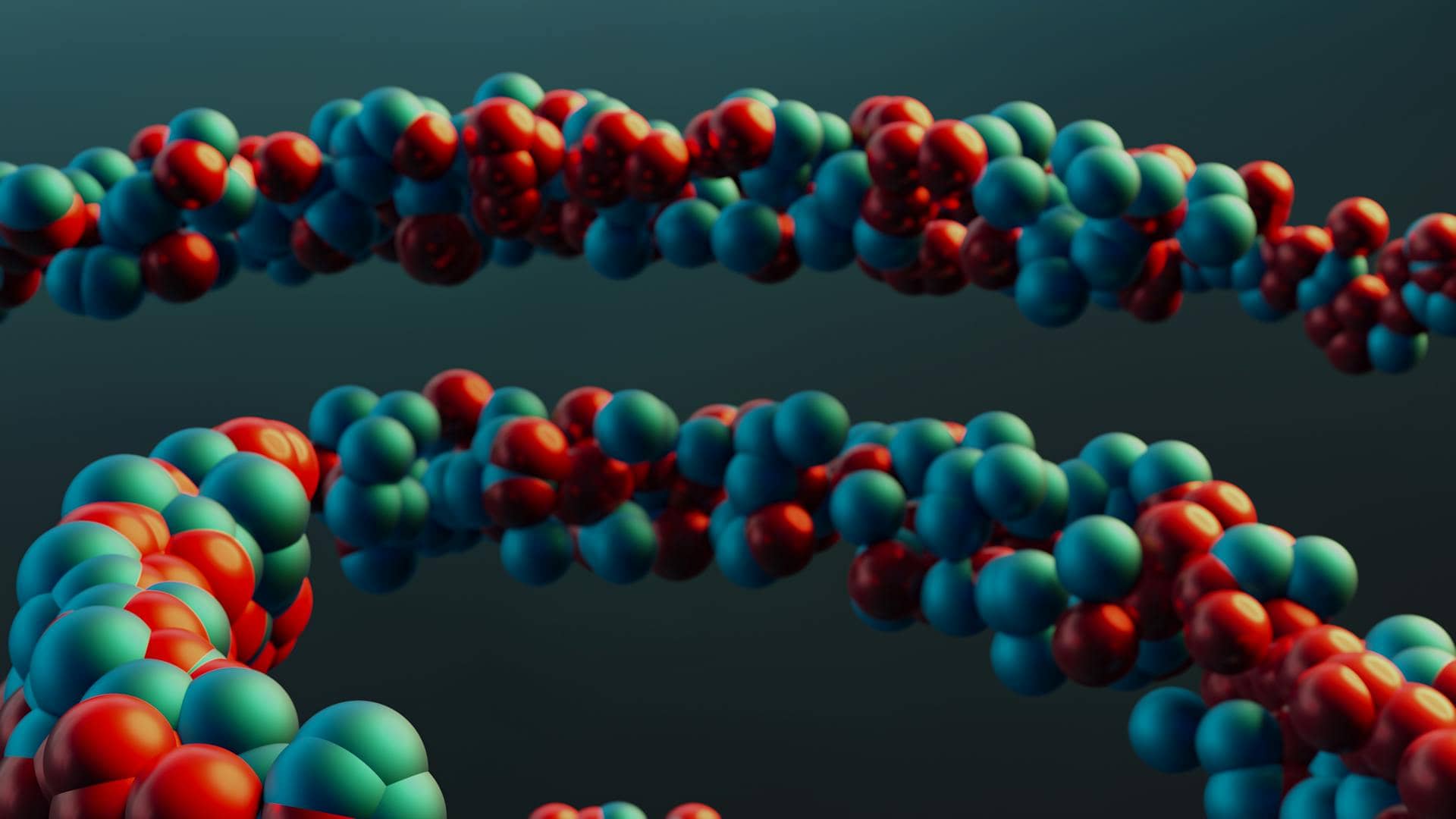There are various factors that favor the appearance of fatty liver, such as a sedentary lifestyle, excess body weight, etc. Physical frailty (defined below) is associated with the development of various chronic diseases, but its relationship with the risk of suffering from fatty liver was not well known. A work has been published in the Journal of Cachexia, Sarcopenia and Muscle that investigates this possible relationship.
In the study, the state of physical frailty is defined by the following five criteria: weight loss, fatigue, low physical activity, slow steps when walking and poor hand grip strength (measured with a hand dynamometer). 398,386 participants with a mean age of 56.6 years were included. Following the above mentioned frailty criteria, the participants were classified into several groups: without physical frailty (they did not meet any of the criteria), pre-frailty (they presented 1 or 2 criteria) and frailty (with 3 or more criteria).
Results in patients with fatty liver
It was found that participants with fatty liver and with physical frailty and pre-frailty had, respectively, a 98% and 90% higher risk of developing severe forms of liver disease (including cirrhosis) than those with fatty liver but without physical fragility.
By determining various genetic polymorphisms, including the PNPLA3 gene, they calculated each participant’s genetic risk of developing fatty liver. They found that people with physical frailty and a high genetic risk index were 236% more likely to have severe liver disease than those without frailty and a low genetic risk index.
In summary, the work confirms that physical fragility is a risk factor in the evolution of fatty liver and for this, in Dr. Carreño’s opinion, it is important to take into account the concept of fragility for its prognosis. On the other hand, in our Foundation, we routinely perform the determination of the polymorphism of the PNPLA3 gene, which allows us to more accurately predict the evolution of the disease.




